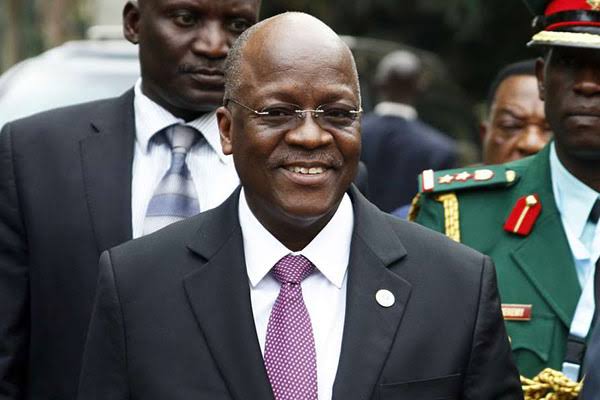Industrialisation has been at the centre of discussions at the 39th Southern African Development Community Summit that started on August 5 and will end on Sunday.
Agrochemicals, mineral processing and pharmaceuticals were among the sectors that the SADC member states put in their strategy to boost intraregional trade.
The meetings discussed consumer and capital goods as well as services in the 2015-2063 road map to industrialise the 16-state bloc.
The road map, adopted in April 2015 in Zimbabwe’s capital Harare, envisaged major economic and technological transformation at national and regional levels to accelerate economic growth through industrial development. Many member states continue to be among the poorest in the world despite abundant natural resources as the majority of them export these in raw or unprocessed form.
SADC seeks to transition from a commodity-dependent growth path to knowledge-intensive and industrialised economies.
Analysts say that if successfully implemented, the plan will increase employment opportunities and improve the living standards of the majority.
SADC member countries committed to investment-led trade and economic and industrial integration to make the region more attractive to local and foreign investors.
The Regional Development Fund, a financing mechanism, is being put in place to support implementation of the strategy.
Other key areas to be explored are the intellectual property rights of investment as well as research and development and technology transfer that would increase industrial growth.
However, key infrastructural constraints in energy, transport, ICT, water and meteorology still need to be addressed.
PROJECTS
The member states are lagging behind in the implementation of infrastructure projects, according to a study launched on Wednesday.
The study by the Southern African Research and Documentation Centre was launched in Dar es Salaam by SADC executive director Stergomena Lawrence Tax.
“Of the 134 projects assessed in the study, only five per cent were successfully completed, meaning that 95 per cent of the projects were behind schedule,” said the study.
Other issues to be discussed at the summit are the removal of non-trade barriers (NTBs).
Traders experience several challenges at border posts while importing and exporting products from one country to another within the region, slowing down business processes.
SADC has risen from a group of front line states led by Tanzania during the struggle for southern Africa’s independence into one of the biggest economic blocs in Africa.
The region has a duty free market of over 300 million consumers and a combined national GDP of $706.2 billion as per the latest SADC secretariat economic data reports.
Tanzania has increased its exports of goods from $481 million in 2008 when the SADC Free Trade Area started, to $1.042 billion in 2017.
Source




